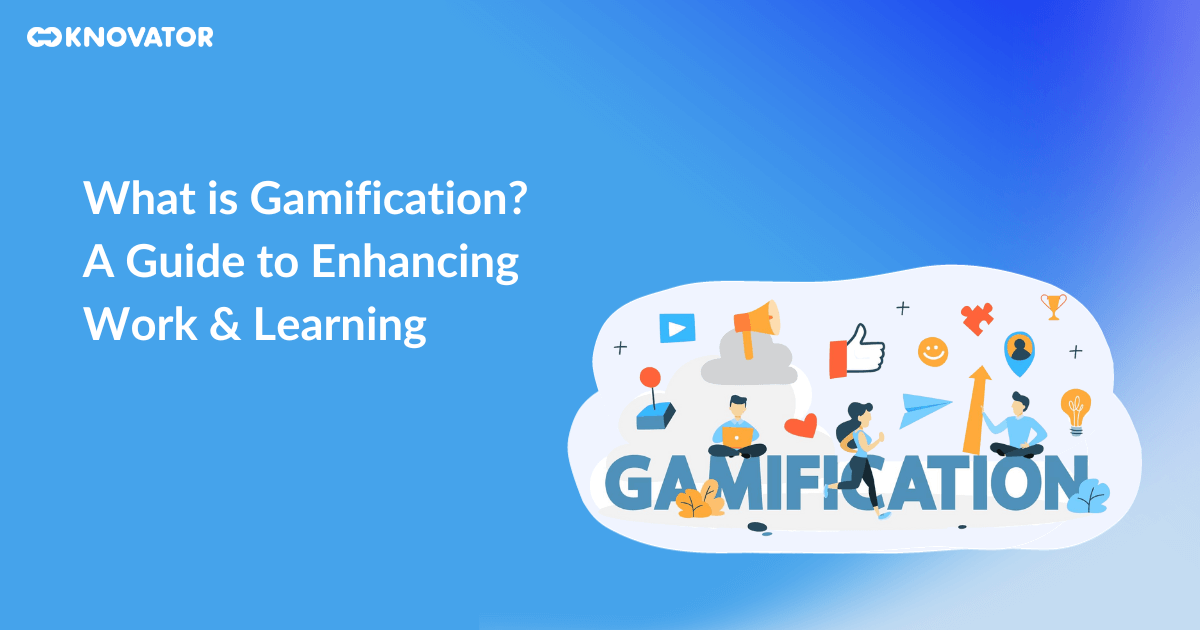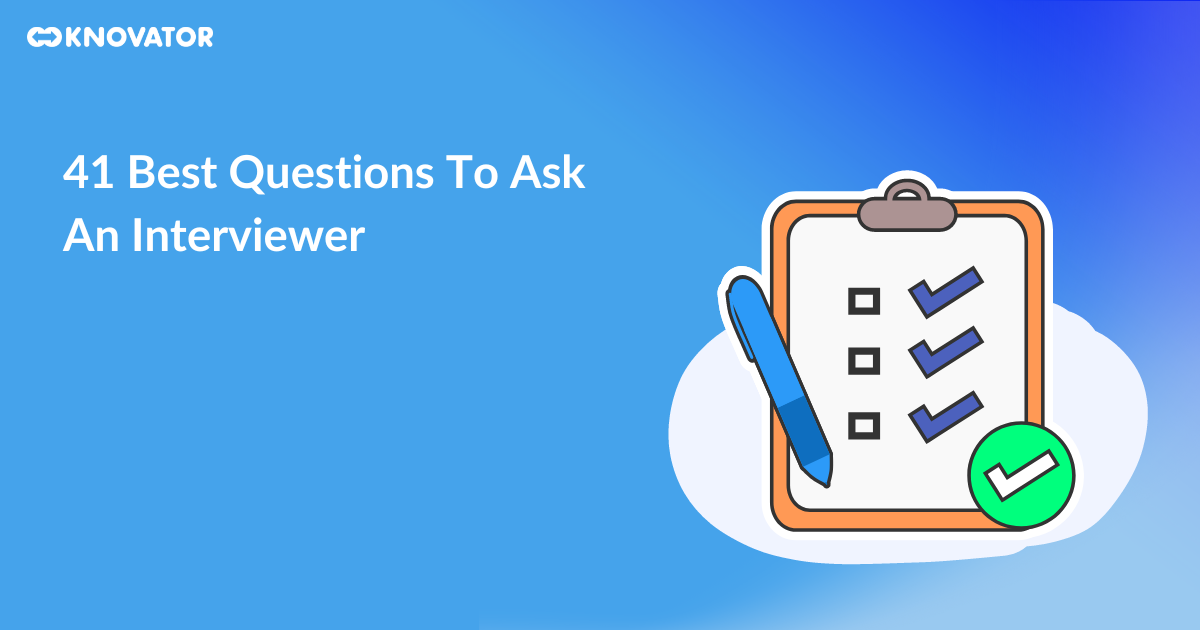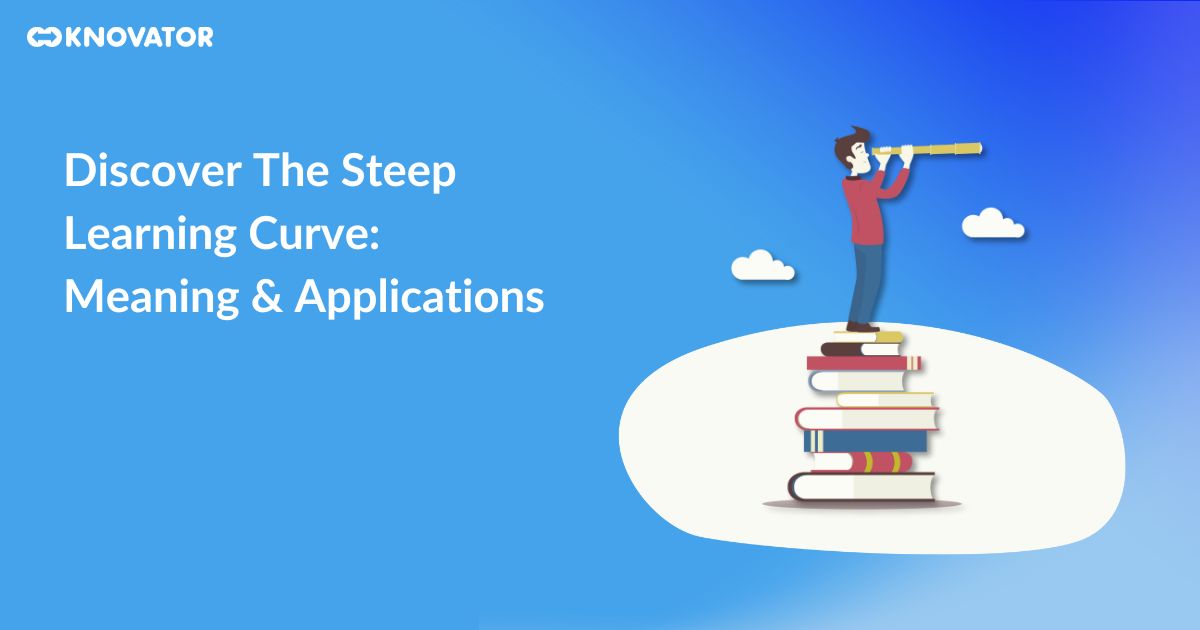Have you ever wondered how to make learning as exciting as your favorite game? Gamification can do that for you.
Without gamification, you might struggle to keep the interest of learners alive while studying online. There will be boring lessons, disengagement, and slow progress.
Don’t know much about using gamification? We’ve got your back.
In this guide, we’ll dive into gamification and how it can jazz up the way you learn or work. Get ready to discover the magic of turning your learning journey into a thrilling adventure.
What is Gamification?
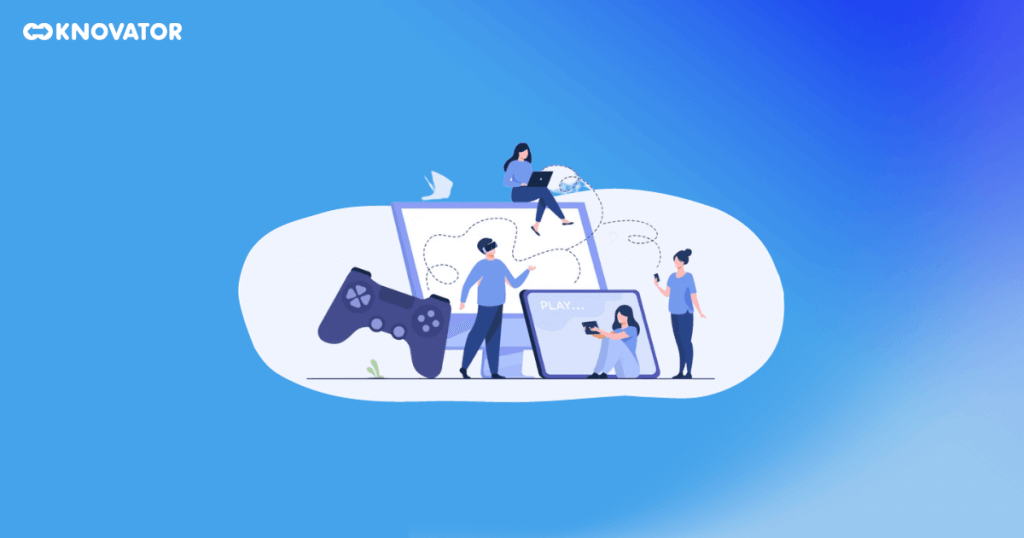
This idea isn’t just limited to learning; it’s spread to different areas like businesses, training programs, and recruitment processes.
Businesses use gamification to encourage customer interaction – think about loyalty programs or earning points for purchases.
Training programs incorporate it to make learning more interactive and memorable, helping learners retain information better.
In recruitment, it can turn the tedious job application process into an engaging challenge.
The primary goal of gamification is to grab your attention and keep you interested, especially when dealing with tasks that are only sometimes the most enjoyable. It’s like using our natural desire to compete, reach goals, and get rewards to make things fun and interesting. Gamification transforms mundane tasks into exciting adventures using game-like features such as points, badges, levels, and friendly competition.
Think about a language learning app where you gain points and unlock new levels as you master new words and phrases. Suddenly, what could have been a boring vocabulary lesson becomes a mission to reach the next level. Similarly, companies might use gamification to train their employees, turning compliance training into an interactive challenge with rewards. It’s like turning work into play.
In essence, gamification is about infusing game elements into real-life situations to make them more appealing and enjoyable. It’s not just about having fun but also about achieving goals and improving skills. So, gamification is at play the next time you find yourself having a blast while learning or completing tasks, turning the ordinary into the extraordinary.
Benefits of Gamification

- Establishing a Learning Culture: Gamification can create a culture of continuous learning. When learning becomes engaging and enjoyable, learners are more likely to seek new knowledge and learn skills willingly. It fosters a sense of curiosity and a desire to improve, both individually and within organizations.
- Identifying and Addressing Knowledge Gaps: Through gamified activities and assessments, learners’ strengths and weaknesses become clearer. It allows educators and trainers to identify areas where individuals or groups might struggle. With this insight, targeted interventions can be developed to bridge those gaps effectively.
- Energizing Mundane Training Programs: Let’s face it – some training programs can be a bit dry. Gamification injects energy and excitement into these programs, making participants more enthusiastic about participating. It can be particularly helpful for subjects traditionally seen as challenging or less interesting.
- Streamlining Training Processes: Gamification often involves interactive elements that help learners grasp concepts more effectively. It can lead to streamlined training processes, as learners grasp and retain information faster. Additionally, well-designed gamified activities can lead to better time management and reduced training periods.
- Boosting Engagement and Motivation: Engagement and motivation are the foundation of effective learning. Gamification taps into our natural desire for achievement and competition. Reward, recognition, and a sense of progress motivate learners to push forward and complete tasks.
- Real-world Application: Gamification often simulates real-world scenarios, allowing learners to apply their knowledge in practical contexts. It prepares them for situations they might encounter in their careers, helping them feel more confident and capable.
How does Gamification work for Organizations?
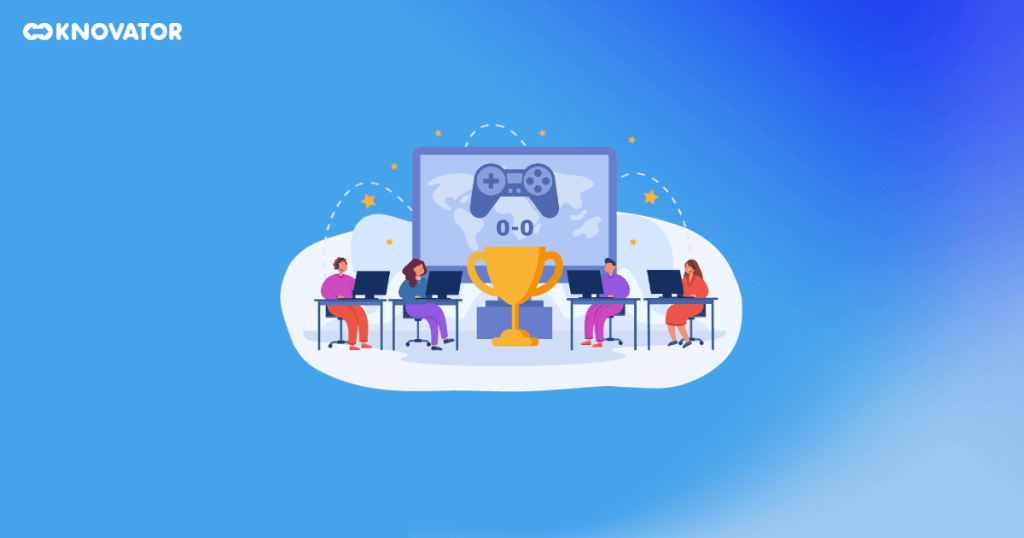
Further, it builds a community where people work together, share ideas, and even compete in a friendly way. The educational aspect occurs when information is presented interactively and interestingly, making learning more effective.
And, of course, rewards play a role – they could be points, badges, or even real prizes that make reaching goals even sweeter.
Additionally, gamification is like a master at balancing two types of motivation. Intrinsic motivation is when you do something because you like it – like eating your favorite treat. After all, it tastes great. Extrinsic motivation is when you do something to get a prize – like doing your chores to get your allowance. Gamification does a superb mix of both. It begins with giving you prizes to get you started. But as you get more into it, the activity itself becomes fun. So, even if the prizes go away, you still want to keep going because the activity feels good.
In workplaces, gamification can boost productivity. Imagine if meeting targets earned you points, and those points led to recognition or even extra vacation days. You’d be motivated to work harder. But as you get into the groove, hitting those targets might start feeling good. That’s gamification working its charm.
Gamification in Corporate Training
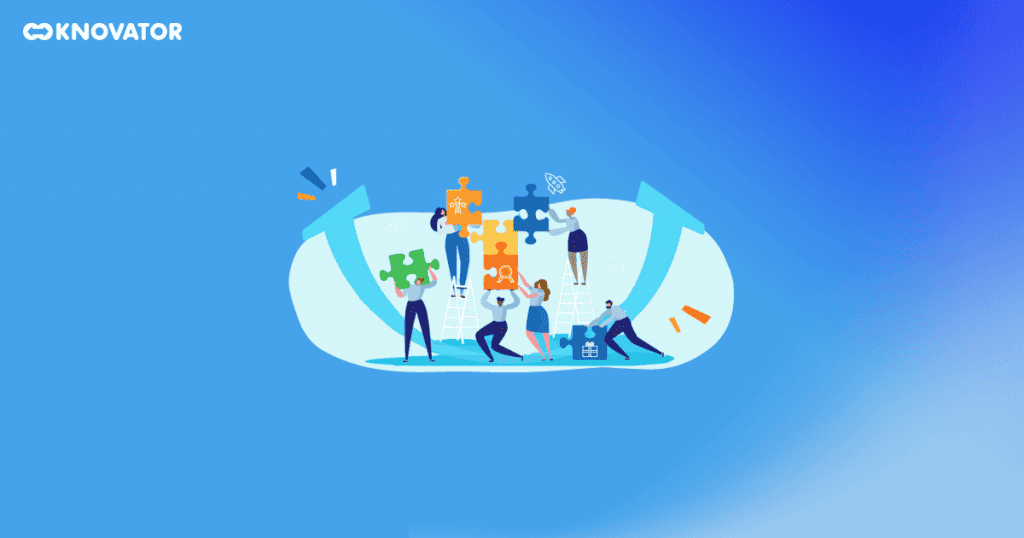
- Onboarding New Employees
When new employees join a company, there’s much to learn. Gamification makes this process engaging by turning it into a game. Imagine a virtual tour of the company’s departments, where each completed section earns points or badges. It helps newbies learn faster and makes them feel accomplished, boosting their confidence.
- Improving Training Outcomes
Gamification helps retain learning. For instance, instead of traditional quizzes, employees might solve interactive puzzles related to their training topics. When they solve these puzzles, they feel a sense of achievement, making the information stick in their minds better.
- Making Routine Training Engaging
Training sessions can sometimes be boring. But with gamification, these sessions become exciting challenges. Let’s say there’s a safety training module. Instead of just listening, employees might participate in virtual scenarios where they need to make the right decisions. So, this not only educates them but also keeps their attention.
Gamification in the Workplace
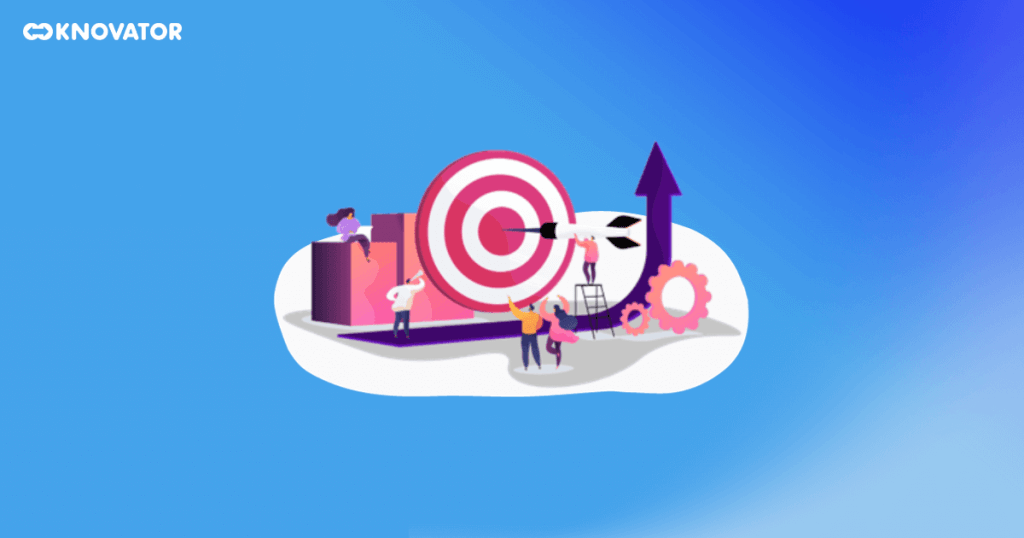
1. Enhancing Employee Engagement and Productivity
Imagine meeting your sales target felt like conquering a level in a game. Gamification can make that happen. Setting up a system where employees earn rewards or recognition for achieving goals will increase motivation levels. It’s like giving them a pat on the back while they’re getting their work done.
2. Team Building through Gamification
Teamwork is crucial in any workplace. Gamification can foster this spirit by creating team challenges. For example, employees from different departments might work together to solve a mystery or complete a project. So, this not only strengthens bonds but also promotes collaboration.
3. Using Competition to Drive Results
Friendly competition can motivate you greatly. Let’s say a company wants to boost customer service ratings. They might introduce a gamified system where employees earn points for positive customer feedback. This healthy competition encourages everyone to provide better service and ultimately benefits the company.
Virtual Reality (VR) in Gamification
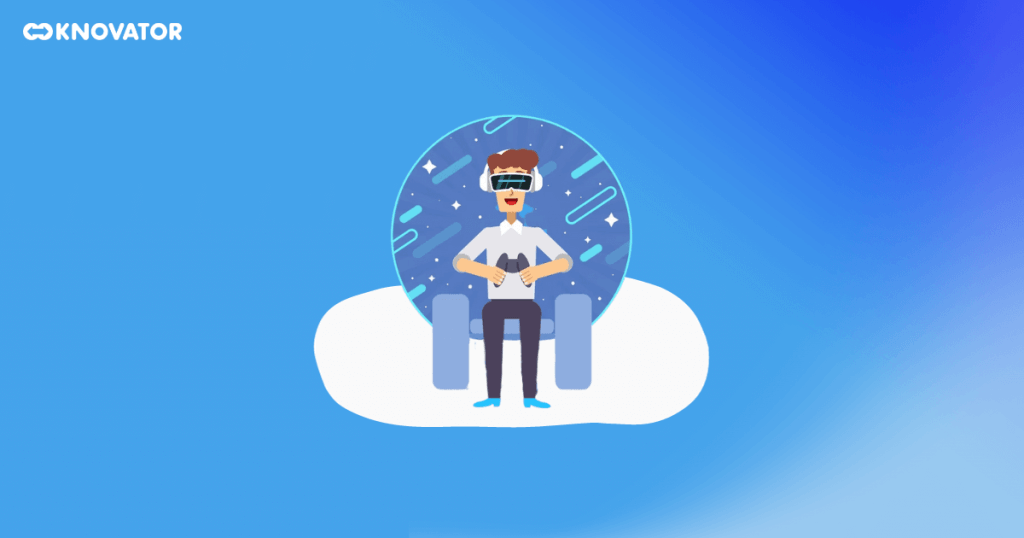
The Rise of VR in Training
Virtual Reality isn’t just for gaming – it’s transforming how we learn. VR takes you to a different virtual world where you can see, hear, and interact with everything around you. It has made it a game-changer in training. Instead of reading about something, you can experience it as if you’re there.
Benefits of Immersive Training Scenarios
Imagine you’re training to be a firefighter. With VR, you could find yourself in a burning building without danger. You’d learn how to handle emergencies in a safe but realistic environment. This kind of immersive experience makes learning much more effective. It’s like practicing without the actual risks.
Industries Benefiting from VR Training
VR is being welcomed with open arms in various industries. Healthcare professionals can practice surgeries without using real patients. Pilots can learn to fly planes without leaving the ground. Even customer service representatives can practice dealing with difficult customers in a virtual setting. It’s like getting hands-on experience without the actual consequences.
In simple terms, VR in gamification is like stepping into a learning game. It’s not just watching or listening – it’s experiencing. You can practice, learn, and make mistakes without real-world risks by entering a virtual world.
Real-world Gamification Examples
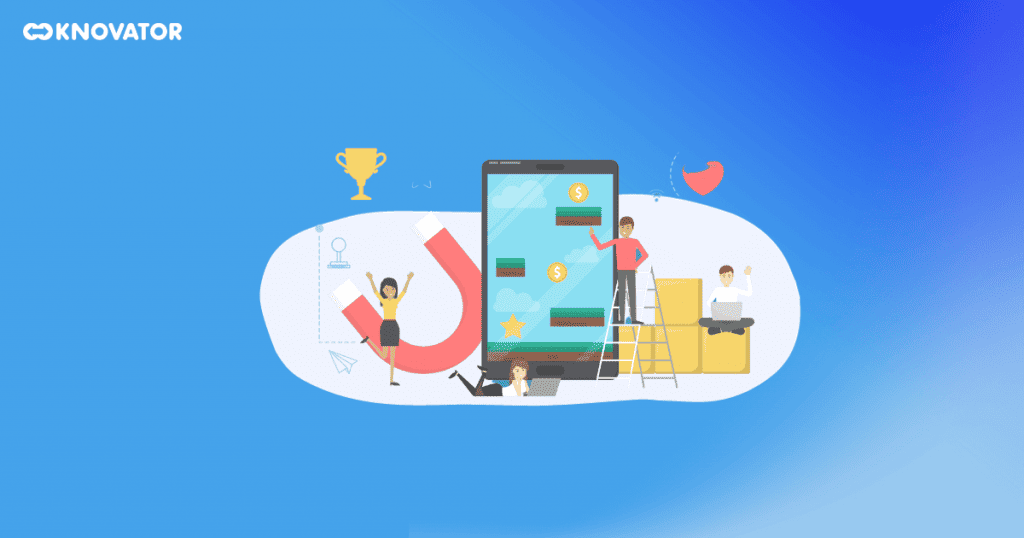
1. Swedish speed camera lottery
To stop people from driving too fast, Stockholm, a city in Sweden, came up with a clever idea. They made a lottery that rewarded folks who followed the traffic rules.
They had cameras that checked how fast cars were going. These cameras are used only to catch speeders, but now they also catch people driving safely.
The ones driving safely were entered into a lottery. The prize money for the lottery came from the fines paid by speeders.
And guess what? It worked well! The average speed of cars on Stockholm’s roads went down from 32 to 25 kilometers per hour.
2. Cyber Discovery
Imagine if learning was as exciting as your favorite game. Cyber Discovery made it happen. It started back in 2017 and lasted for four years. The smart people behind it got support from the Department for Digital, Culture, Media and Sport in the UK. Their goal was to teach 13 to 18-year-olds about keeping things safe online.
The creators, called SANS Institute, wanted to make learning fun, so they turned it into a game. They made an awesome program where young folks could learn all about cybersecurity. And guess what? They didn’t stop there. They launched CyberStart – an online place where you can dive into the world of cyber learning.
3. Siemens
Siemens achieved success by utilizing storytelling in a game called Plantville to enhance the skills of plant managers in operating their plants more effectively.
In the game, players pretend the role of a plant manager and are tasked with problem-solving, plant management, and other essential responsibilities.
The game provided immediate feedback, rewarded points for sound decision-making during gameplay, and successfully engaged the managers.
4. Salesforce
Salesforce employed a hunting-themed game to captivate users and encourage them to explore various features of their platform. As users engaged, they progressed from being ‘chicken hunters’ to ‘big game hunters,’ reflecting their increasing interaction.
The results were impressive; compliance rates surged, with some cases witnessing an outstanding 40% increase compared to previous figures.
5. Cisco
Cisco tackled its comprehensive training program, comprising 46 courses, by employing gamification. The sheer volume of courses left users feeling bewildered and overwhelmed. Cisco introduced a structured learning path with three certification levels to simplify and engage the process.
Along this path, users collected points and badges, with team challenges enhancing the experience. This strategy streamlined the learning process, reducing confusion and increasing user engagement.
6. Microsoft
Microsoft achieved success by implementing a straightforward game accompanied by leaderboards to ensure the accuracy of language in their programs.
They designed a game where employees verified the correctness of the language used in their software. To maintain engagement, they even intentionally included flawed translations.
Employees were more deeply engaged with the game by introducing a global leaderboard that encouraged friendly competition among offices. This approach turned out to be highly effective.
7. Duolingo
Duolingo is a famous example of how gamification can make learning exciting and enjoyable.
Learning languages can sometimes feel tough, and it takes a while to notice progress.
However, Duolingo came up with a smart plan. They use streaks, daily goals, and few chances to motivate users. This way, people want to come back every day and keep learning.
8. Yousician
Yousician is a superb app that encourages students to get involved. It helps you learn how to play a musical instrument. The more you learn, the more challenging it gets.
The best part is that you get instant feedback on how you’re doing, which helps you get better immediately.
9. Nike+ Run Club
Nike, a big name in fitness, created an app to keep people motivated and excited about their fitness journeys.
Through leaderboards, challenges, badges, and trophies, the Nike+ app lets users compete with athletes worldwide.
By tapping into people’s competitive side and offering training plans, fitness advice, and a way to track their progress, Nike ensures users are engaged in every way.
10. ChoreWars
ChoreWars is a simple program that transforms regular chores into a fun adventure. Everyday tasks become steps needed for characters to continue their journey.
Users earn rewards for finishing their tasks, and a little friendly competition can be added through leaderboards.
11. Simple Energy
Simple Energy created an app to encourage people to use less energy. They wanted to help and motivate people to save energy.
The app gives useful information, has a leaderboard to show top energy savers, and even has fun competitions. By using the app, people can have fun while using less energy.
Implementing Gamification
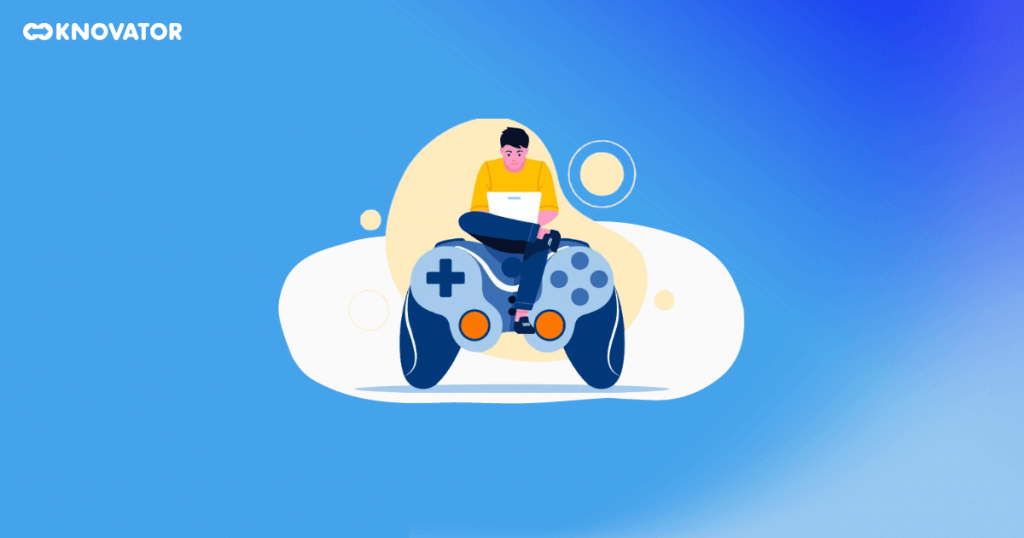
- Set Clear Goals: Decide what you want to achieve with gamification. Is it boosting learning? Enhancing teamwork? Defining clear goals initially helps you focus.
- Know Your Audience: Understand who will be participating. Different people enjoy different games, so tailor your gamification strategy accordingly.
- Choose the Right Activities: Pick tasks that match your goals and can be turned into fun challenges. These could be learning modules, team projects, or even routine tasks.
- Create a Point System: Assign points or rewards for completing tasks or achieving milestones. It gives participants a sense of progress and accomplishment.
- Design-Friendly Competition: Healthy competition can boost motivation. Leaderboards or team challenges can keep things exciting.
- Instant Feedback: People love to know how they’re doing. Provide quick feedback on their performance so they can improve in real-time.
- Incentives and Rewards: Offer rewards that matter to your participants. It could be badges, certificates, or even small prizes for outstanding achievements.
- Regular Updates: Keep things fresh by offering new challenges, levels, or tasks. It prevents monotony and maintains interest.
- User-Friendly Platform: Use technology to your advantage. Develop an app or an online platform where participants can easily access and engage with gamified activities.
- Collect Feedback: Listen to what your participants have to say. Their insights can help you fine-tune your gamification strategy for better results.
Transform Learning with Gamification
In this exciting journey through gamification, we’ve discovered how adding a dash of playfulness can revolutionize how we learn and work. Gamification takes tasks that might seem ordinary and sprinkles them with excitement, turning them into enjoyable adventures. Whether mastering a new skill, achieving workplace goals, or fostering collaboration, gamification is the key to unlocking engagement and motivation.
